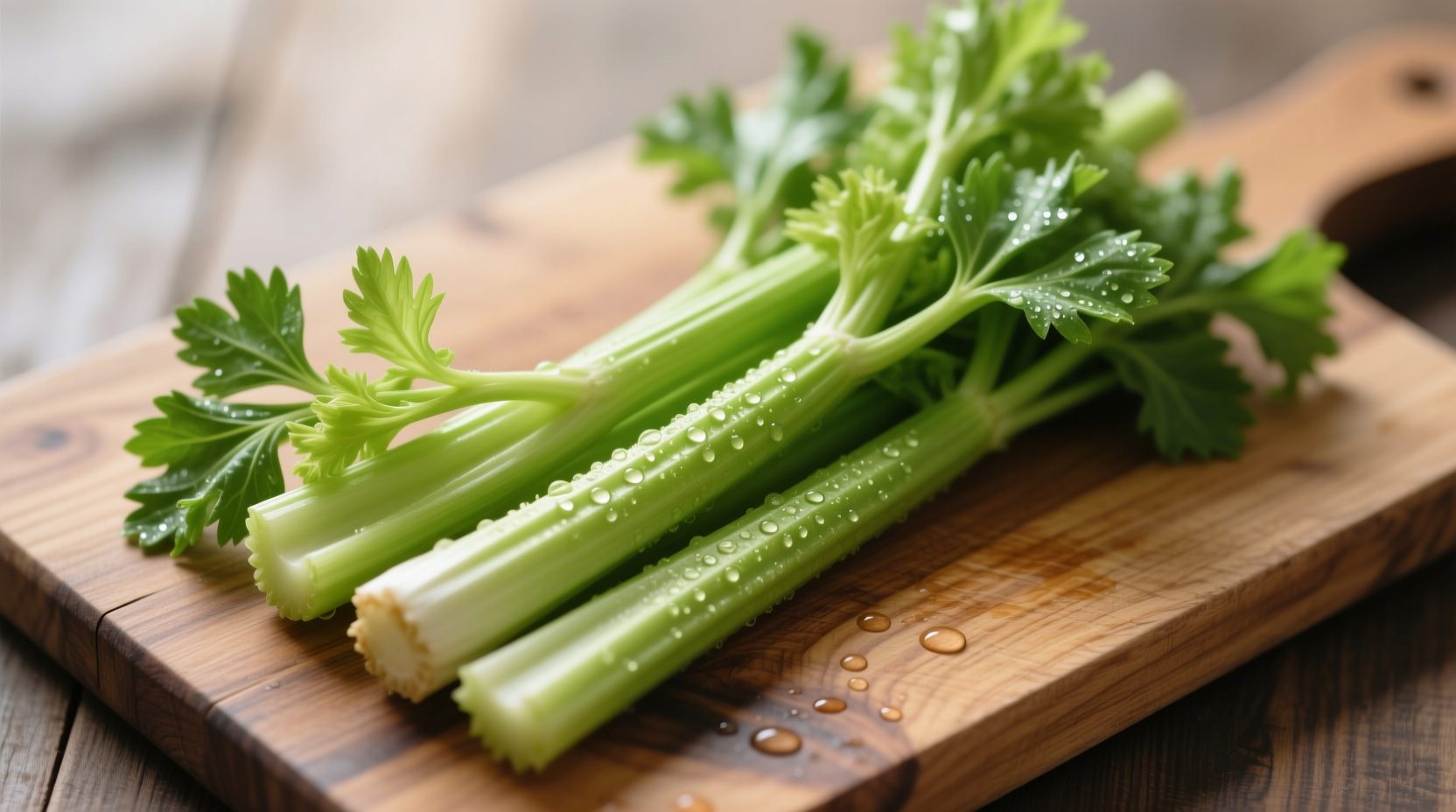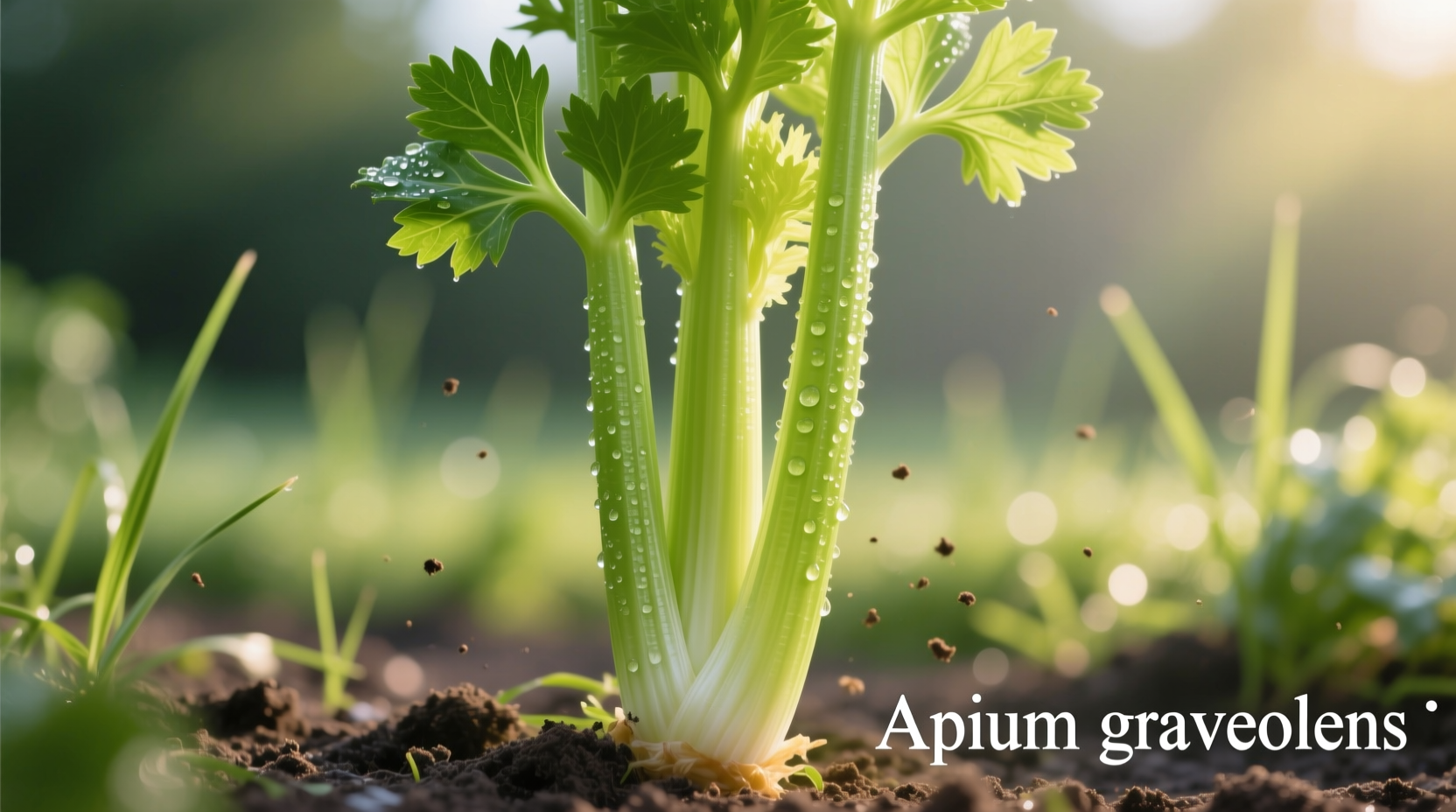When you reach for that bundle of green ribs at the grocery store, you're actually handling multiple celery stalks—each crisp rib is a single stalk. Understanding how to properly use these versatile vegetable components can transform your cooking from ordinary to exceptional.
What Exactly Is a Celery Stalk?
The term "celery stalk" causes frequent confusion. Botanically speaking, what most people call a "stalk" is actually a petiole—the scientific term for the leaf stem. A single celery plant produces multiple petioles (what we commonly refer to as stalks) that grow in a tight cluster around the central heart.
Each celery stalk contains longitudinal fibers that provide its characteristic crunch. These fibers run the entire length of the stalk and can be removed for more delicate preparations using a simple peeling technique described later in this guide.

Practical Applications in Cooking
Celery stalks serve multiple culinary functions beyond just adding crunch to salads. Professional chefs utilize them in three primary ways:
| Application | Best Technique | Recommended Dish Types |
|---|---|---|
| Flavor Base | Fine dice with onion and carrot (mirepoix) | Soups, stews, braises |
| Texture Component | Julienne or diagonal cuts | Stir-fries, slaws, salads |
| Flavor Infusion | Whole stalks in stocks | Broths, sauces, poaching liquids |
Selecting and Storing for Maximum Freshness
Choosing quality celery stalks directly impacts your cooking results. Look for these indicators of freshness:
- Vibrant green color without yellowing or browning
- Firm, rigid stalks that snap crisply when bent
- Intact leaves (if present) that aren't wilted
- No hollow centers when gently squeezed
Proper storage extends celery stalk shelf life significantly. The USDA recommends storing celery in the refrigerator at 32-36°F (0-2°C) with high humidity. For optimal results, wrap stalks tightly in aluminum foil before placing in your crisper drawer—this method maintains crispness for 3-4 weeks compared to the typical 1-2 weeks with standard storage.
Preparation Techniques for Different Uses
How you prepare celery stalks should match your intended application:
For Raw Applications
When using celery stalks raw in salads or crudités, remove the fibrous strings that run lengthwise. Hold the stalk firmly and use a vegetable peeler to remove the outer layer from top to bottom. This simple technique eliminates stringiness while preserving crunch.
For Cooking Applications
Different cooking methods require specific cutting techniques:
- Mirepoix (soup base): 1/4-inch dice for even flavor distribution
- Stir-fries: Diagonal cuts for increased surface area and visual appeal
- Stocks: Whole stalks that can be easily removed after cooking
Professional chefs often save celery leaf trimmings for garnishes or to infuse additional flavor into stocks—nothing goes to waste when using celery stalks properly.
Nutritional Profile and Health Benefits
Celery stalks offer more than just culinary value. According to USDA FoodData Central, a single medium celery stalk (about 40g) contains:
- 6 calories
- 0.1g protein
- 0.1g fat
- 1.2g carbohydrates
- 0.6g dietary fiber
- 32mg potassium
- 14mg calcium
- 0.1mg iron
The high water content (95%) makes celery stalks exceptionally hydrating. They also contain apigenin, a flavonoid with potential anti-inflammatory properties studied by researchers at the University of Illinois.
Common Mistakes to Avoid
Even experienced cooks make these celery stalk errors:
- Discarding the leaves: Celery leaves contain concentrated flavor and nutrients—use them as herbs
- Improper storage: Leaving celery uncovered in the refrigerator causes rapid moisture loss
- Overcooking: Celery stalks lose their desirable crunch when cooked too long
- Using wilted stalks in raw applications: Only crisp stalks work well in salads and crudités
When celery stalks begin to wilt, revive them by placing in ice water for 30 minutes—this restores crispness through osmosis, as documented by food scientists at the University of California.
Maximizing Flavor Potential
To extract maximum flavor from celery stalks, consider these professional techniques:
- Dry toasting: Briefly toast diced celery in a dry pan before adding liquids to deepen flavor
- Layered seasoning: Add celery at different cooking stages for complex flavor development
- Combination with acids: Pair with lemon juice or vinegar to enhance natural flavors
- Freezing for stocks: Save trimmings in freezer for homemade vegetable stock
Understanding these celery stalk applications transforms this humble vegetable from mere filler to a flavor foundation in your cooking repertoire.











 浙公网安备
33010002000092号
浙公网安备
33010002000092号 浙B2-20120091-4
浙B2-20120091-4